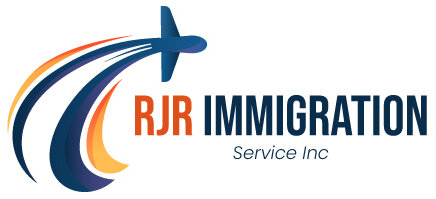REFUGEES AND APPEALS
How Canada’s refugee system works
Refugees are those who have left their homelands because of a well-founded fear of persecution. They have seen or experienced many horrors. A refugee is different from an immigrant. An immigrant is an individual who desires to settle permanently in another country. Refugees are forced to leave.
Canadian refugee protection programs
The Canadian refugee system has two critical parts:
- The Refugee and Humanitarian Resettlement Program
- The In-Canada Asylum Program
Refugee and Humanitarian Resettlement Program
This program is for those asking for protection from outside Canada. Chosen refugees for resettlement to Canada have often left their homes due to unimaginable hardships that have made them live in refugee camps for many years. When refugees arrive in Canada, they pick up the pieces of their lives and begin all over again.
Being a part of the international community, Canada works jointly with the United Nations High Commissioner for Refugees (UNHCR) to find solutions to continued and emerging refugee situations. Furthermore, the UNHCR, along with private sponsors, serves to identify refugees for resettlement. When a refugee is recognized in Canada, it takes time to process the cases.
Eligibility
To come to Canada as a refugee, an individual must be:
- Led by the UNHCR or different designated referral organization, or
- Be sponsored by a private sponsorship group
In addition, people who can resettle from outside Canada fall into two classes:
-
CONVENTION REFUGEE ABROAD CLASS
People outside their home country who cannot go back due to a well-founded fear of persecution based on race, political opinion, religion, nationality, or membership in a unique social group, such as women or people with a particular sexual orientation.
-
COUNTRY OF ASYLUM CLASS
People outside their country or the homeland where they usually live have been seriously and personally hit by civil war or armed conflict or have experienced massive human rights violations.
Types of Resettlement
Refugees can resettle in Canada in three ways:
-
GOVERNMENT-ASSISTED REFUGEES
These are Convention refugees whose primary settlement primarily for up to one year is fully backed by the Government of Canada or Quebec. Once the case has been referred to Canada, a Canadian visa officer will assess the data and, in most cases, schedule an interview. Besides, medical examination, criminal or security checks must be done before the approval of resettlement.
-
PRIVATELY SPONSORED REFUGEES (PSRS)
These refugees satisfy either the Convention refugee or the Country of Asylum definitions and are applied for resettlement by a private sponsor in Canada who allows financial and other support for the refugee for one year.
-
BLENDED VISA OFFICE REFERRED REFUGEES (BVORS)
These are Convention refugees led by the UNHCR who are equaled with a private sponsor in Canada. The income assistance (for the first six months) is given by the Government of Canada through the Resettlement Assistance Program (RAP), while private sponsors afford another six months of financial aid. In addition, social and emotional support may be given by a private sponsor for up to one year.
Not everyone is eligible to resettle in Canada as a refugee from outside Canada. For example, individuals won’t be to relocate to Canada if:
- They have another enduring solution for protection, such as an offer to be resettled in another country;
- They become a resident of another country and have the security of that country;
- They wish to go back to live in the country they had left, or
- The reasons for their concern of persecution no longer exist.
